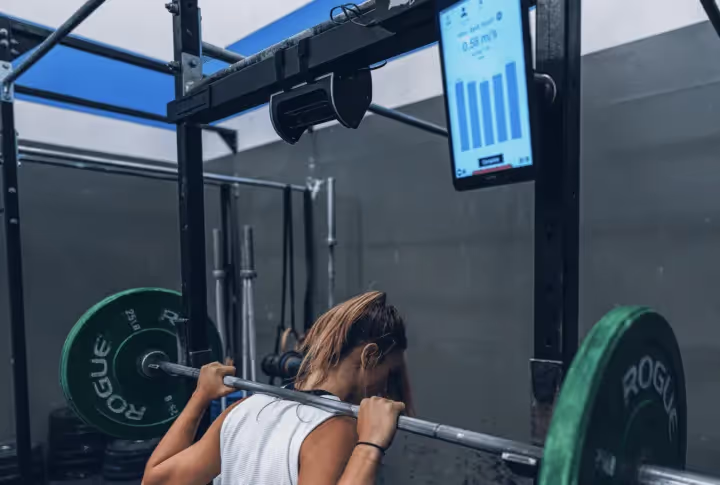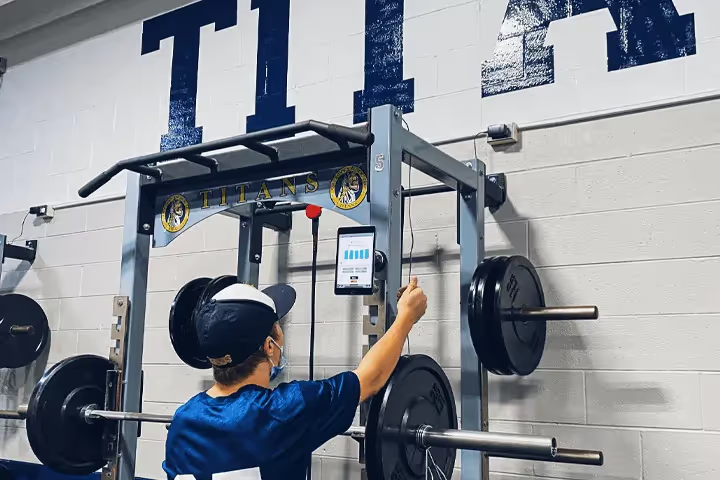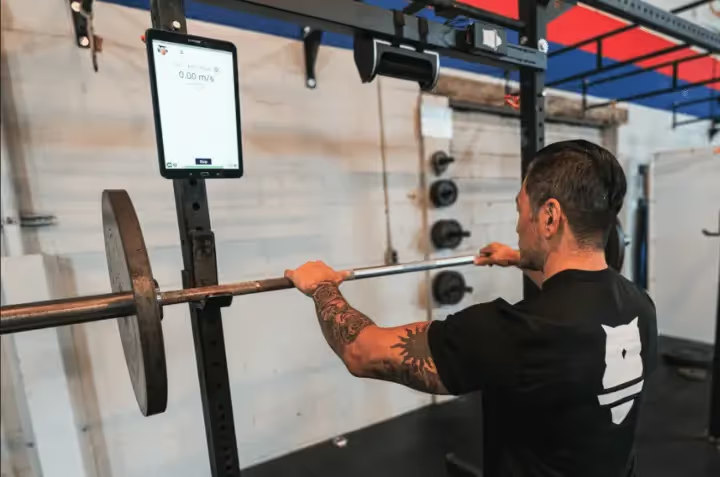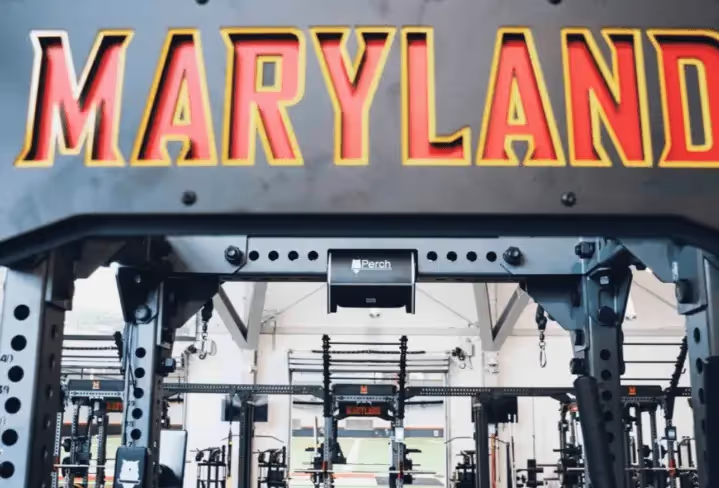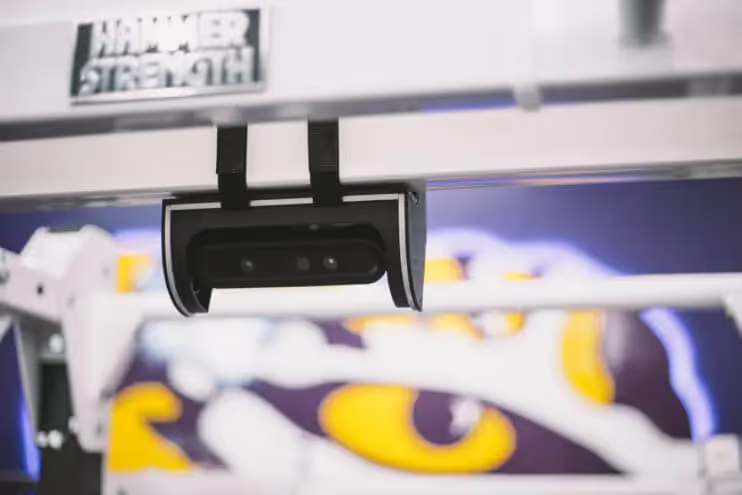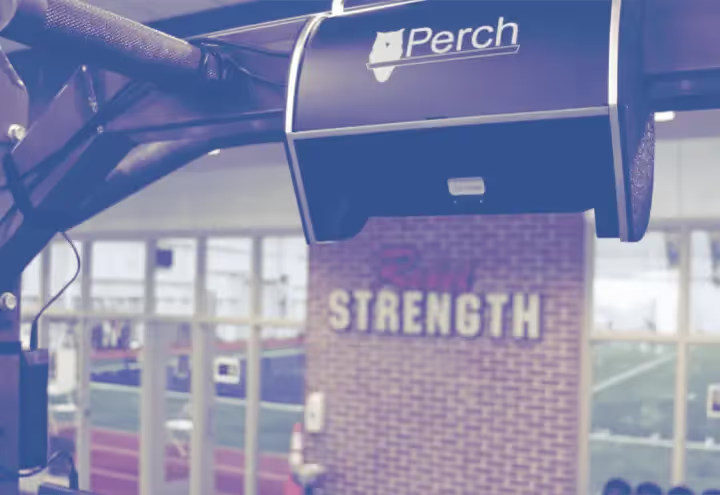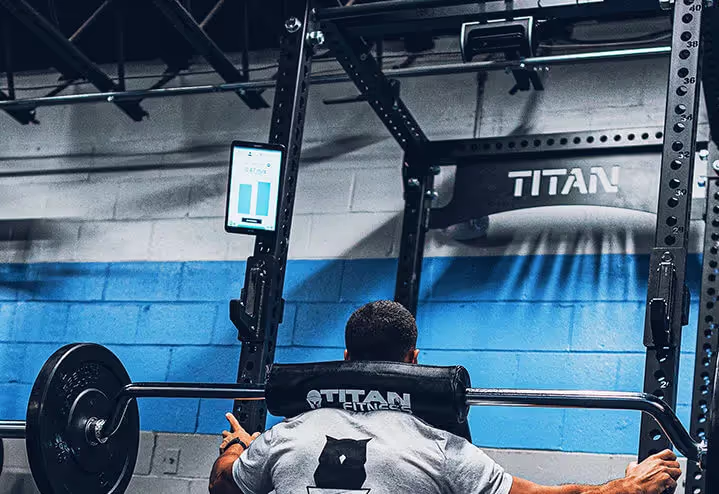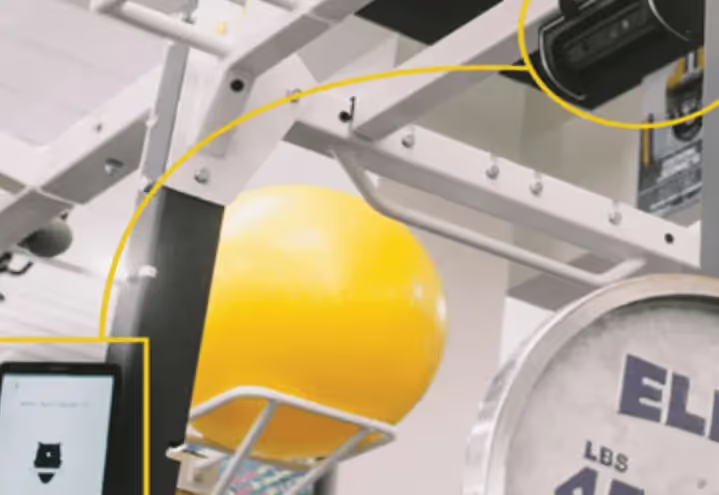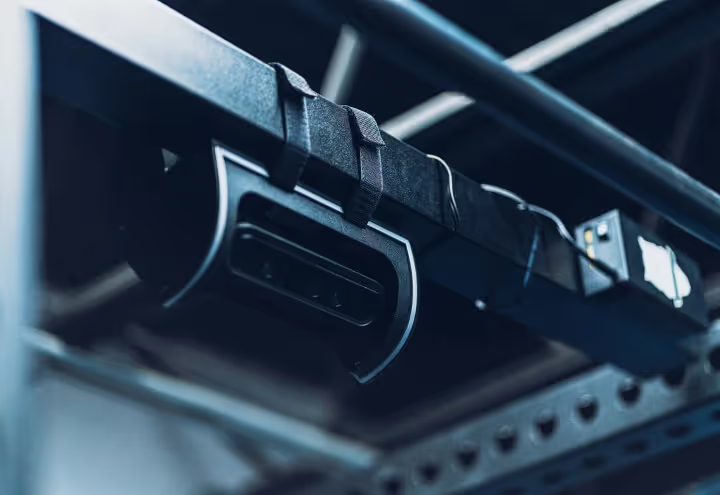How Muscles Grow and VBT

We’ve previously written about muscular anatomy and how muscles work to contract to perform a lift, but that still leaves a question unanswered. How do muscles actually grow and how do they adapt to make you stronger? And how does muscle growth and VBT interact?
To begin to explain this, there are 2 basic ways to get stronger: neural adaptations and muscular hypertrophy.
NEURAL ADAPTATIONS AND MUSCLE GROWTH
Neural adaptations are responsible for the majority of strength gains at the beginning of a training program. It is also responsible for many of the changes seen with fast velocity training [5]. Neural adaptations are also responsible for some increases in force at slow and fast velocities [4].
The functional unit responsible for sending signals from a motor neuron to the muscle is called a motor unit. Each muscle has several motor units that can send a signal to all the muscle fibers it’s attached to. This signal instructs the muscle to contract. The more motor units recruited, the stronger the muscle contraction will be [4].
An untrained muscle won’t be able to activate all of a muscle’s motor units [2-3]. This is where training comes in, teaching your brain how to purposefully activate more motor neurons. This results in the recruitment of more motor units, and a stronger muscle contraction [1-3]. Training also teaches motor neurons to fire together and at a faster rate [1, 3]. When each motor neuron and subsequent motor unit fires in sync, the muscle is able to produce a stronger contraction.
Different muscle groups rely on firing rate and recruitment to different extents. Research has shown that smaller muscle groups like the muscles of the hand rely almost entirely on increasing firing rate to develop more force. Bigger muscles like the biceps and quadriceps use recruitment to increase force, while firing rate stays consistent until very high loads [2].
In a traditional percentage based program, these neural adaptations are the initial adaptations occurring with lighter loads of about 15-40% 1RM. Muscle growth and VBT corresponds to velocities greater than 1.3 m/s.

THE SIZE PRINCIPLE AND MUSCLES
Studies have begun to show fast velocity movements can cause motor units to defy the size principle [2]. The size principle states that smaller motor units are recruited before bigger ones. However, typically smaller motor units produce slower and weaker twitches. Defying the size principle allows muscles to go straight to the fast and strong big motor units, where powerful movements occur quicker.
The size principle tells us that neural adaptations also occur at slower velocities with high loads, the most sure way to teach the brain how to activate all motor units [4]. As loads increase to the 40-60% 1RM range and velocity decreases to about 0.75-1.3m/s, neural adaptations continue to teach motor units to fire more effectively. At this more effective stage, muscle hypertrophy occurs.
In a typical PBT, this range is where power develops – in VBT this range is broken down into the “Speed-Strength” and “Strength-Speed.” The combination of neural adaptations and hypertrophy helps move the entire force-velocity profile to the right, the resulting in a balanced, increased power production.
MUSCLE GROWTH AND HYPERTROPHY
Hypertrophy is the physical growth of muscle cells by developing thicker and more numerous myosin filaments. The increase in filament size and number leads to greater force and power [3]. Hypertrophy typically occurs at slower velocities with high loads closer to an athlete’s 1RM [2, 4, 5]. This is why the trait commonly known as “hypertrophy” in traditional percentage based training is trained at “Accelerative Strength” or at speeds between .5 and .75 m/s. VBT programs like Perch make it easy to find these velocity ranges.
When lifting a load greater than what the body is used to, the sarcolemma and the myofibrils in the muscle fibers are damaged [5]. In the next 24-48 hours, the damaged muscle fibers are repaired and hypertrophy can occur. To repair the damaged muscle fibers, protein synthesis must be greater than the rate of protein depletion [1, 5]. If this is not the case, the muscles can be destroyed rather than grow. This is why rest and diet are so important after a workout in addition to ensuring each training session accounts for stress and fatigue for each athlete [5].

The increased number and thickness of myofibrils leads to hypertrophy, but this doesn’t necessarily mean that the size of the muscle or limb is larger. Research shows that the density of myosin filament can increase as much as 50% before any increase in limb girth occurs. In a recent study, after training there was no increase in limb girth, but there was a 40% increase in strength due to the increased density, force per area, and potentially neural adaptations as mentioned above [3].
Hypertrophy takes much longer to occur than neural adaptations. This is why most strength gains at the beginning of a training program can be attributed to increased motor unit recruitment or firing rate, regardless of velocity and load [1]. Once hypertrophy occurs, it is responsible for the majority of force generation improvements. It will also be trained through a combination of increased load and velocities, to maximize force production.
CONCLUSION
Much is still unknown about how muscles adapt physically to different loads and velocities. Existing research suggests that pairing fast velocity movements with slower, heavier load movements can lead to the greatest strength and power improvements [6].
Incorporating both slow and fast maximal effort resistance training into a program can help muscle fibers convert from slower type I oxidative fibers to the stronger and faster type II muscle fibers [3, 6]. This combination helps athletes achieve increased velocity for muscle shortening and increased muscle fiber strength, ultimately improving power and moves the force-velocity curve to the right [3, 6].
Measuring this throughout training will help to achieve these strength and power goals. At faster velocities, and consequently lighter loads, most strength gains will be due to neural adaptations. Closer to a 1RM, most improvements will be due to hypertrophy, or muscle growth. In the middle velocities, there will be a combination of neural adaptations and muscle hypertrophy. Muscle growth and VBT are inseparable as VBT allows for the tracking of neural adaptations leading to hypertrophy, and Perch can help coaches and athletes program workouts at proper velocities to see strength development occur at the neurological and hypertrophic levels.
FOLLOW US!
Keep checking back for more velocity based training content, tips, tricks, and tools. And don’t forget to follow us on Twitter , Instagram and Linkedin and like us on Facebook .
SOURCES
- Andrews MAW. How does exercise make your muscles stronger? Scientific American. https://www.scientificamerican.com/article/how-does-exercise-make-yo/#:~:text=Muscle%20cells%20subjected%20to%20regular,to%20the%20stress%20of%20training.&text=Because%20there%20are%20more%20potential,muscle%20can%20exhibit%20greater%20strength. Published October 27, 2003. Accessed May 19, 2021.
- Behm DG, Sale DG. Velocity Specificity of Resistance Training. Sports Medicine. 1993;15(6):374-388. doi:10.2165/00007256-199315060-00003
- Jones DA, Rutherford OM, Parker DF. PHYSIOLOGICAL CHANGES IN SKELETAL MUSCLE AS A RESULT OF STRENGTH TRAINING. Quarterly Journal of Experimental Physiology. 1989;74(3):233-256. doi:10.1113/expphysiol.1989.sp003268
- Kawamori N, Haff GG. The Optimal Training Load for the Development of Muscular Power. Journal of Strength and Conditioning Research. 2004;18(3):675-684. doi:10.1519/00124278-200408000-00051
- Leyva J. How Do Muscles Grow? The Science of Muscle Growth. BuiltLean. https://www.builtlean.com/muscles-grow/. Published December 31, 2020. Accessed May 19, 2021.
- Wilson JM, Loenneke JP, Jo E, Wilson GJ, Zourdos MC, Kim J-S. The Effects of Endurance, Strength, and Power Training on Muscle Fiber Type Shifting. Journal of Strength and Conditioning Research. 2012;26(6):1724-1729. doi:10.1519/jsc.0b013e318234eb6f
- Baechle, T., Earle, R., & National Strength & Conditioning Association (U.S.). (2008). Essentials of strength training and conditioning (3rd ed.). Champaign, IL: Human Kinetics.
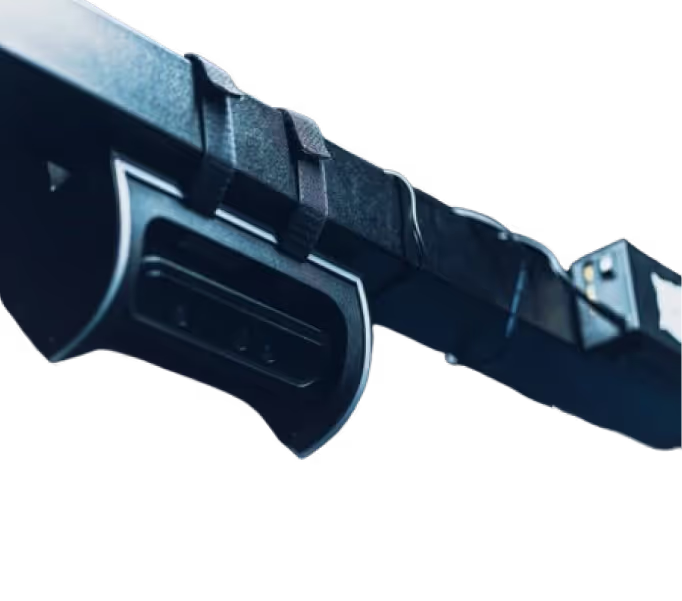
Start Gathering Data With Perch Today!
Reach out to us to speak with a representative and get started using Perch in your facility.

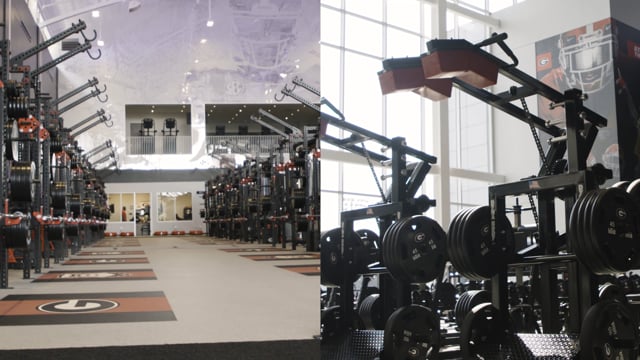
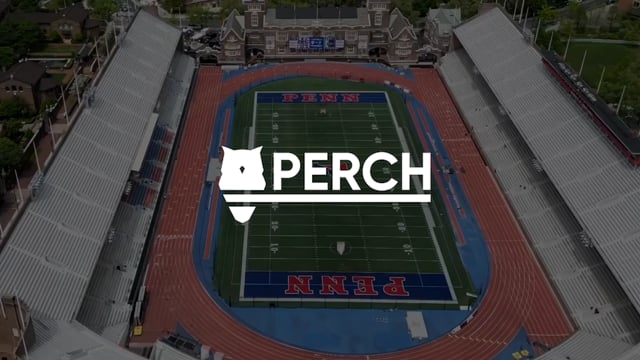
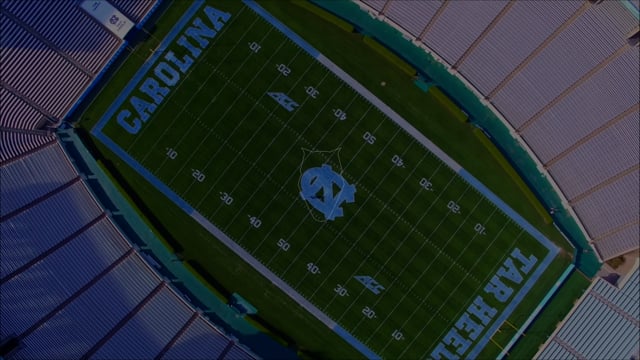
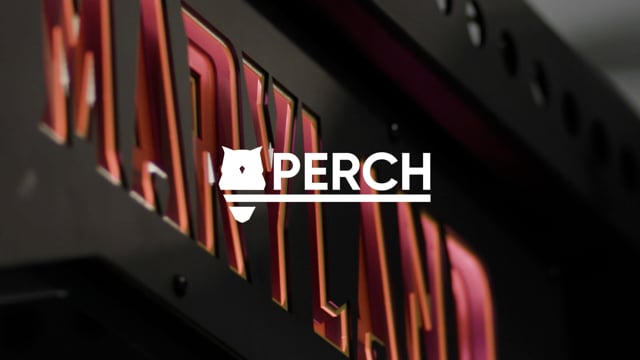
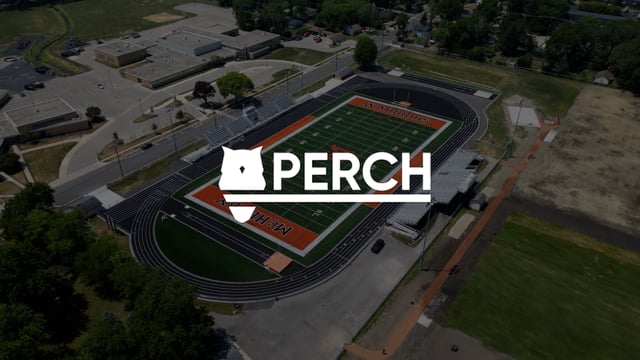
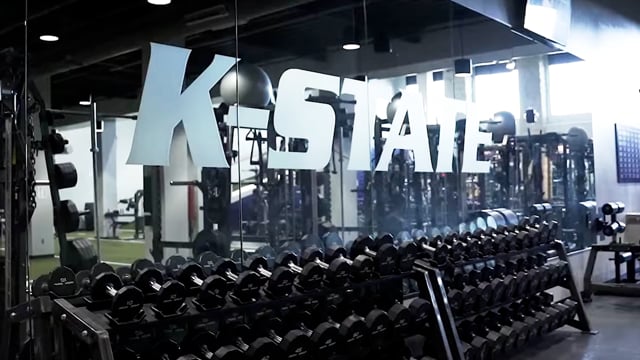

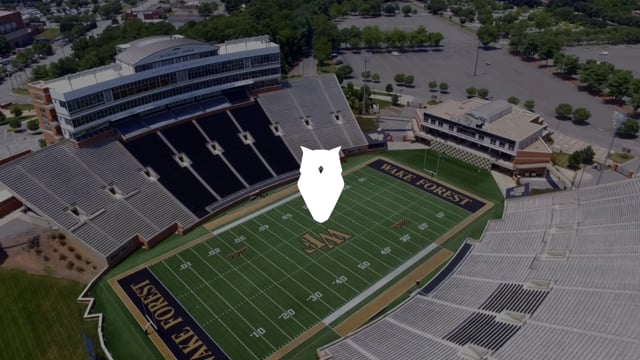
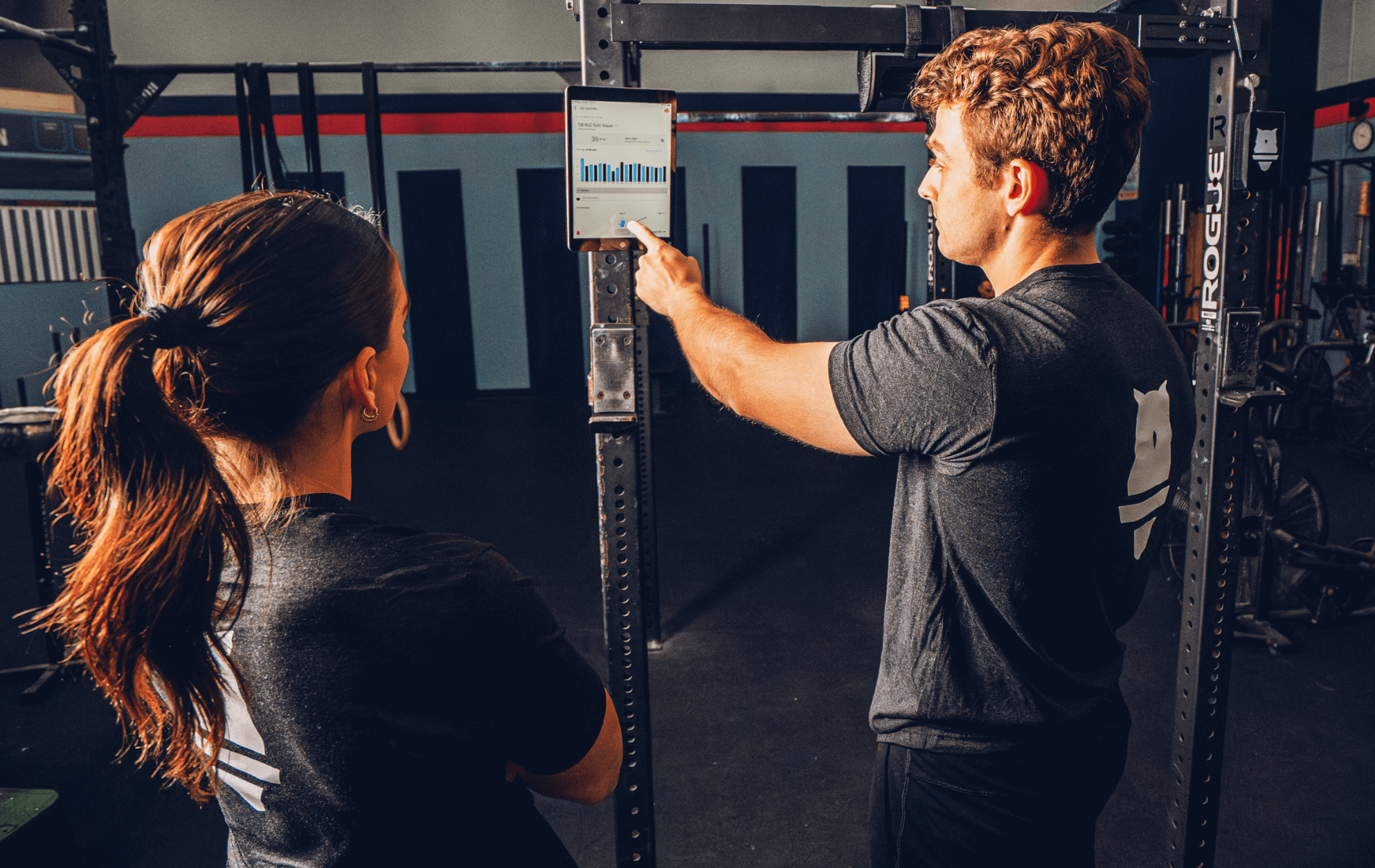
































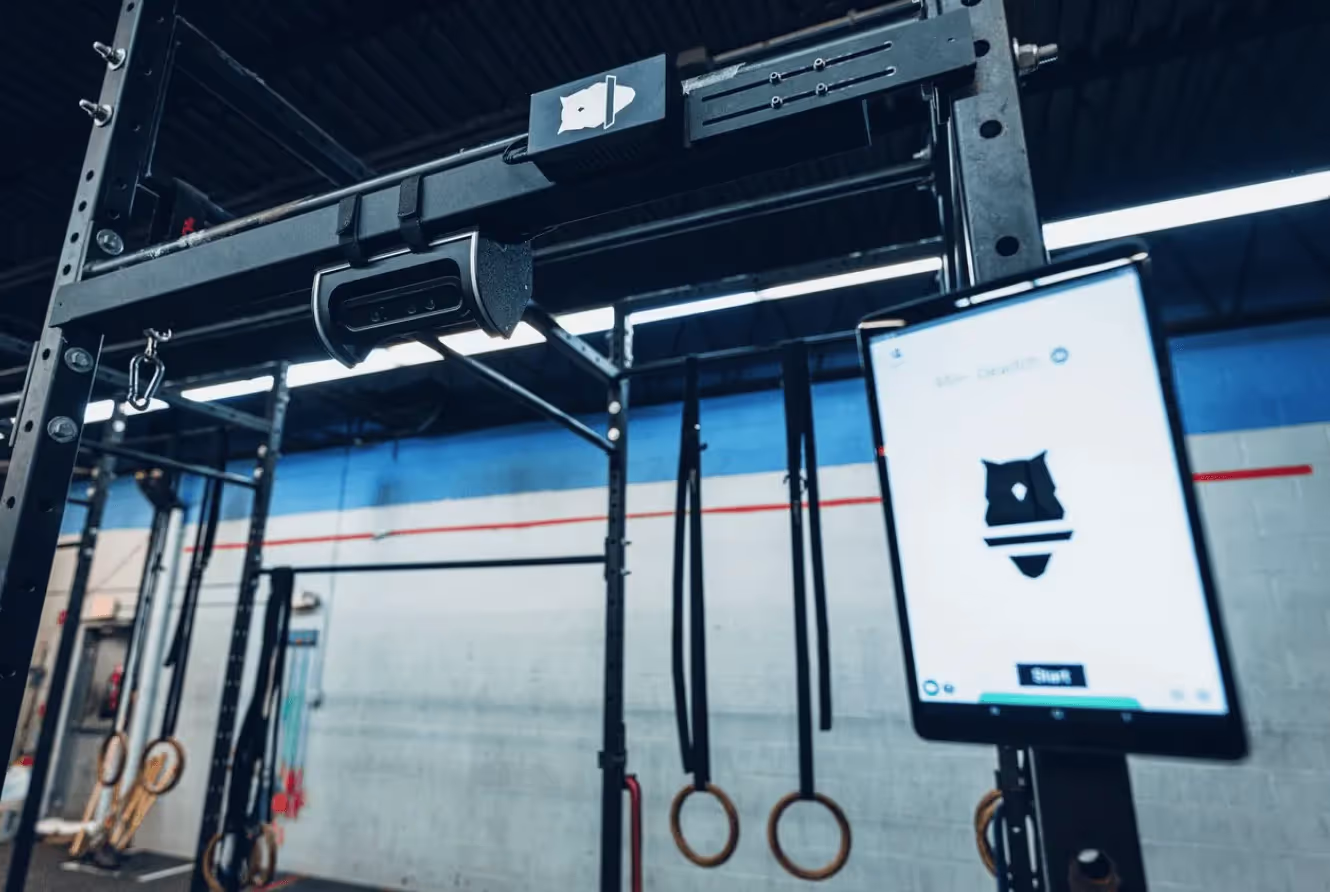
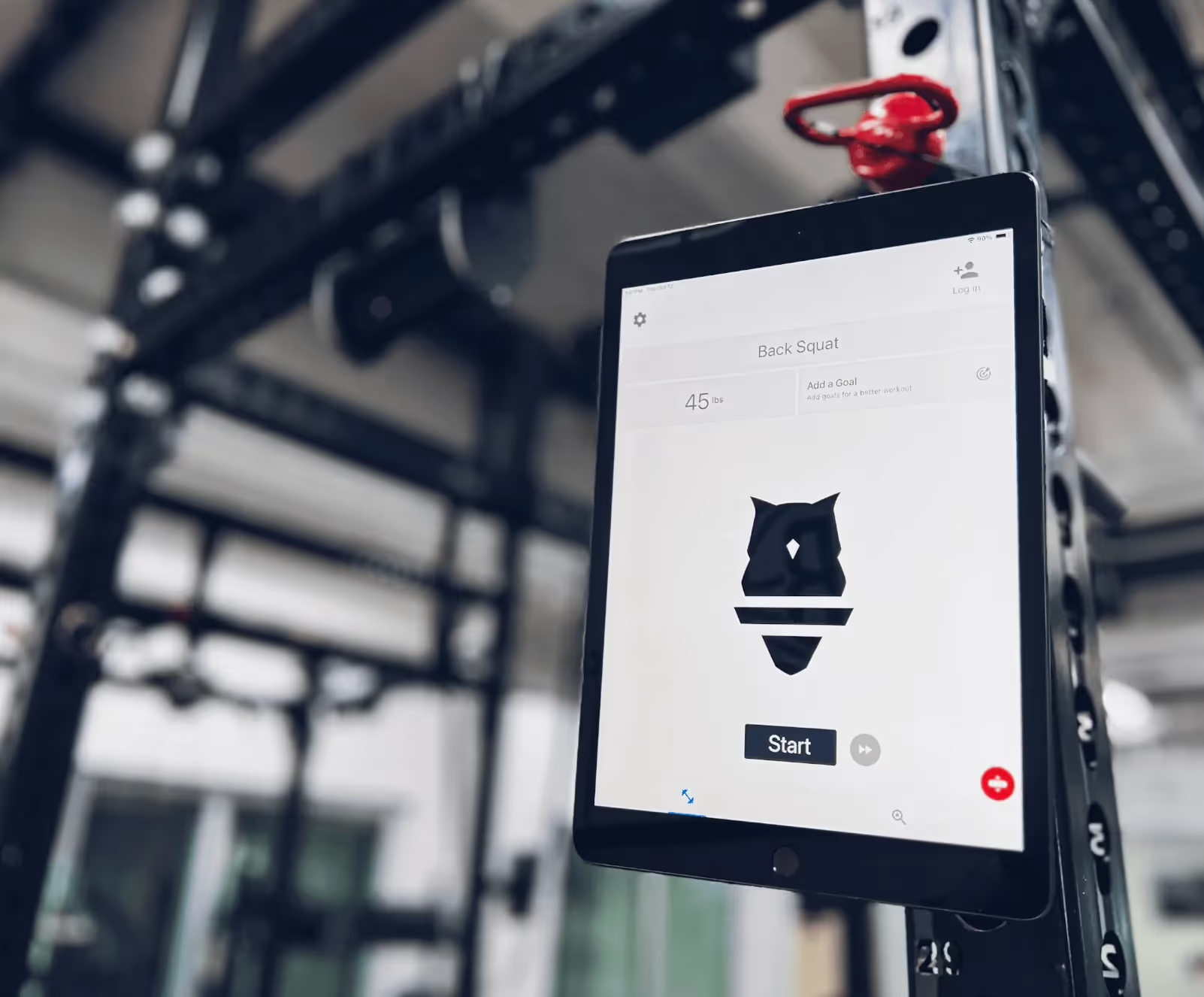



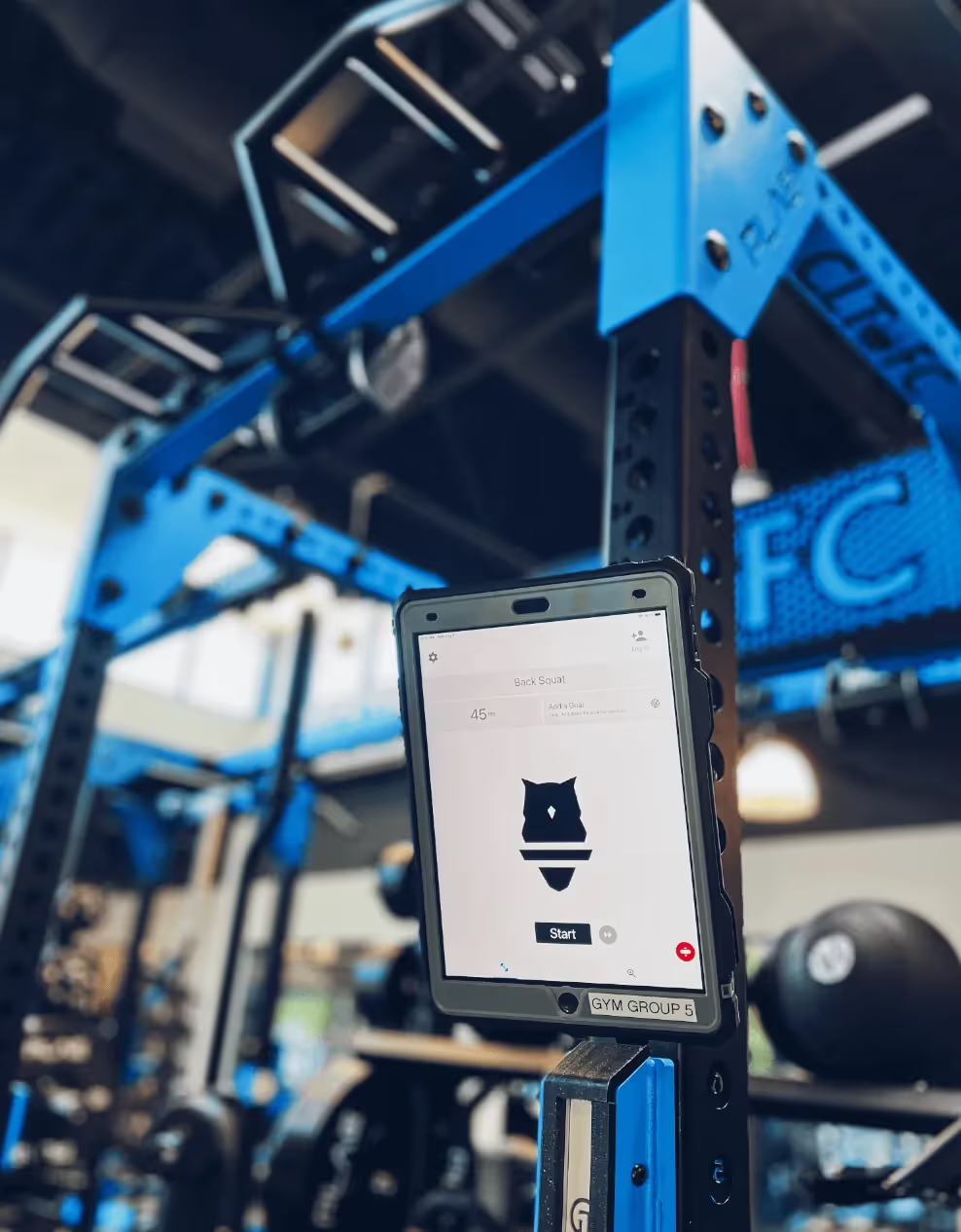
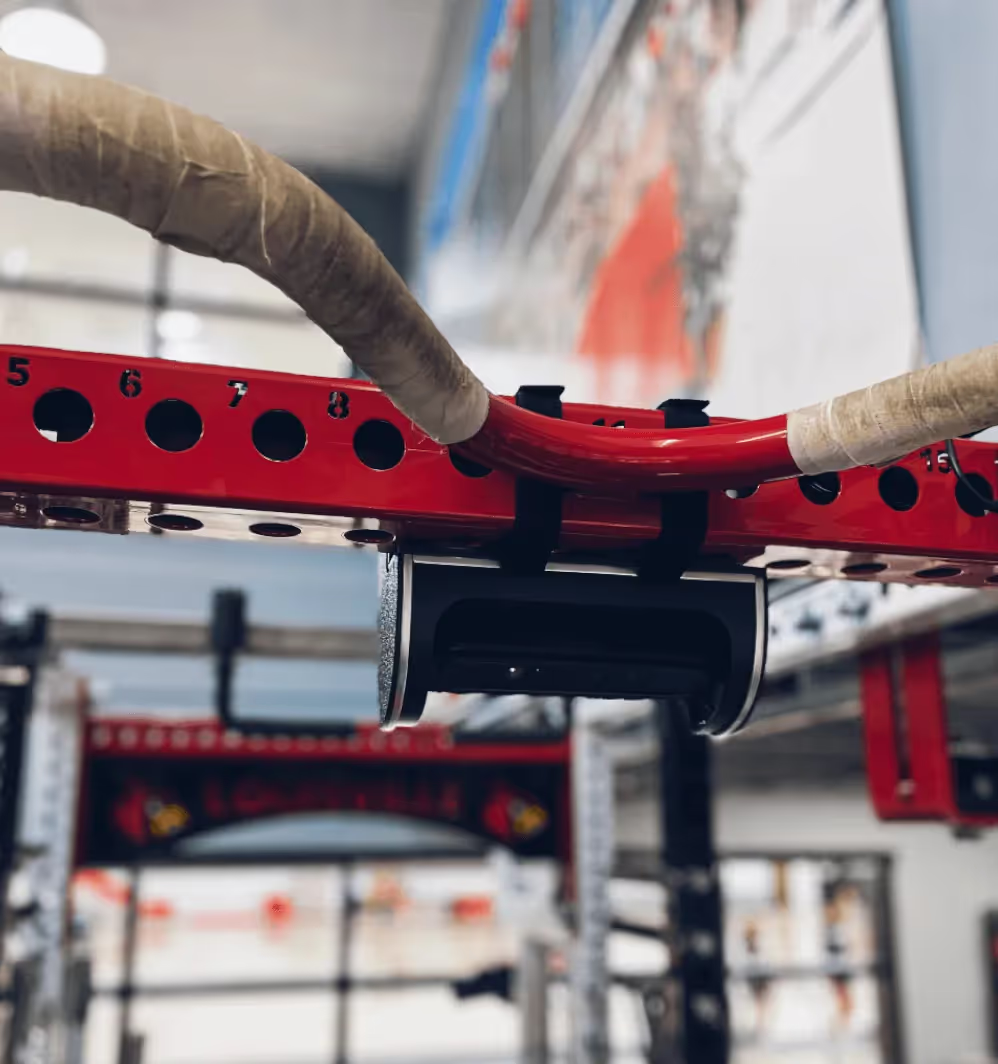






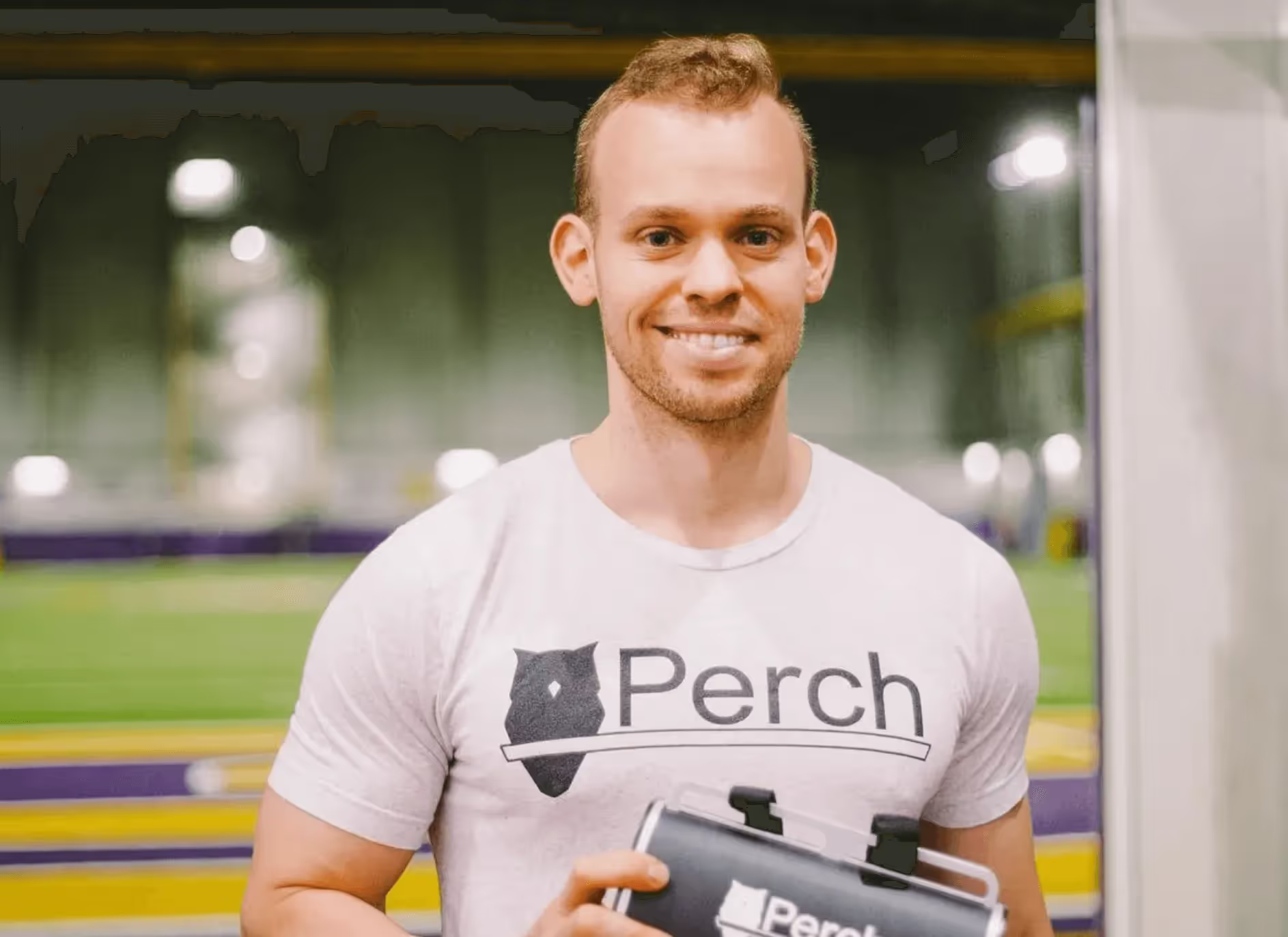


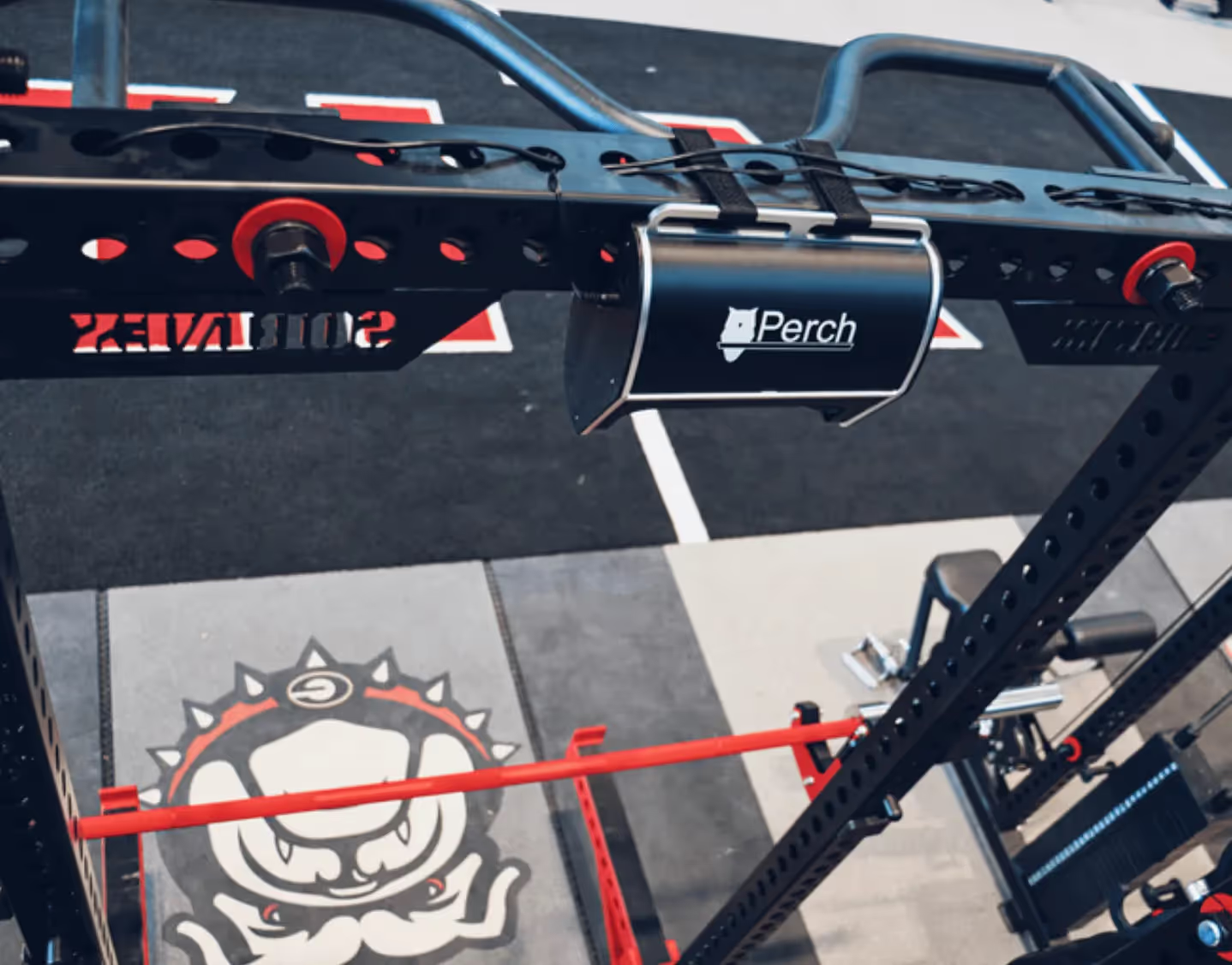


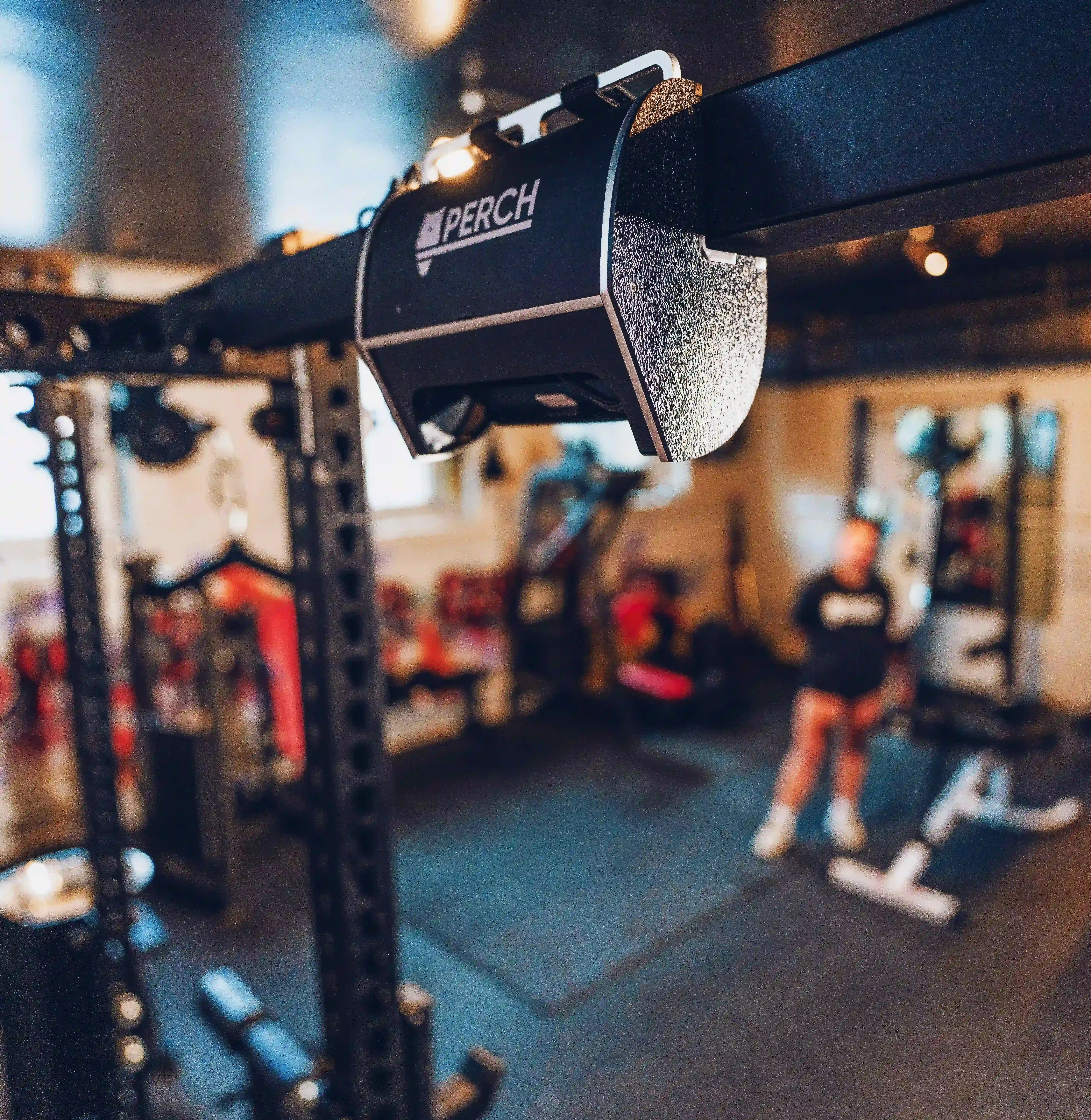
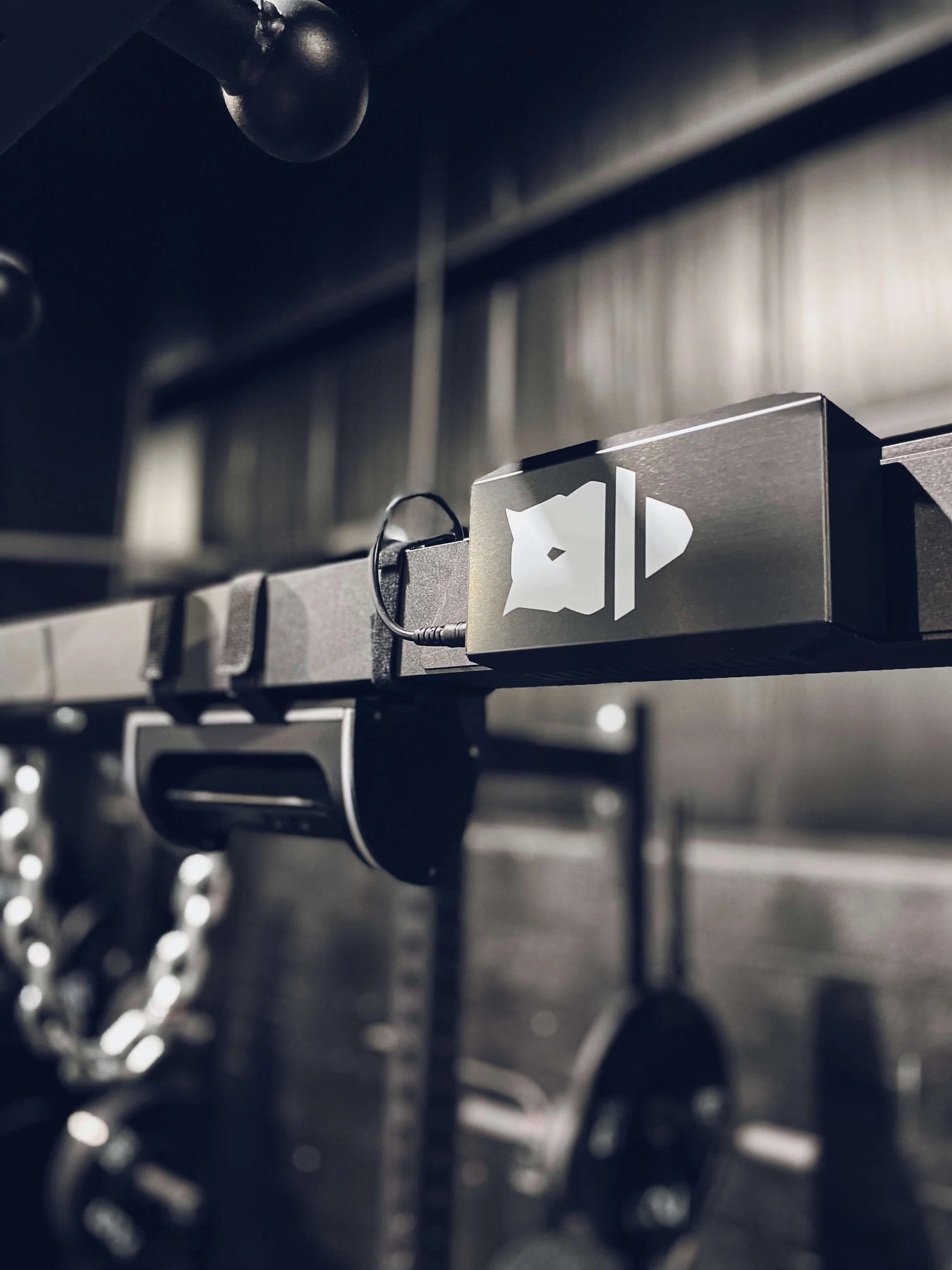

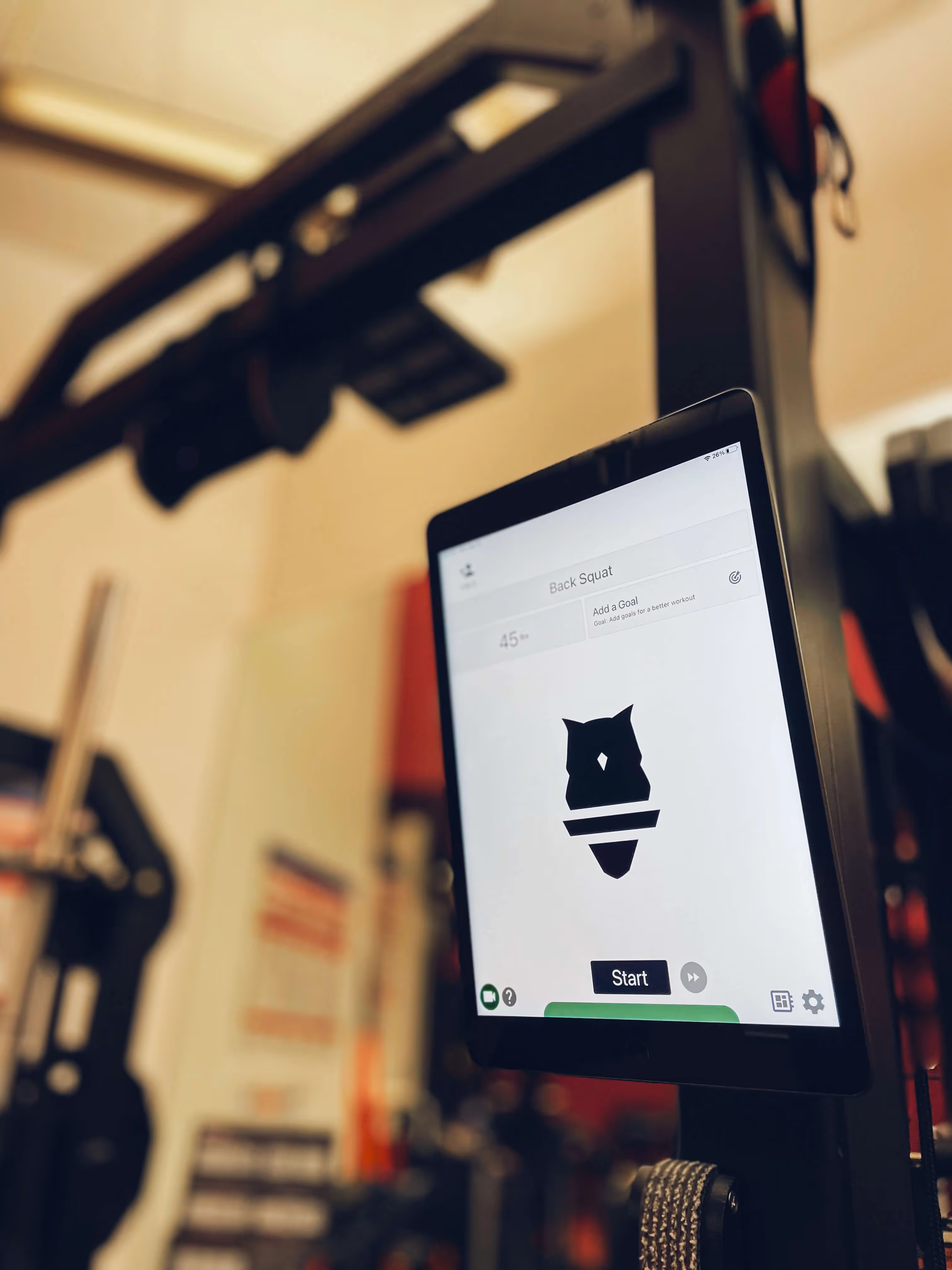

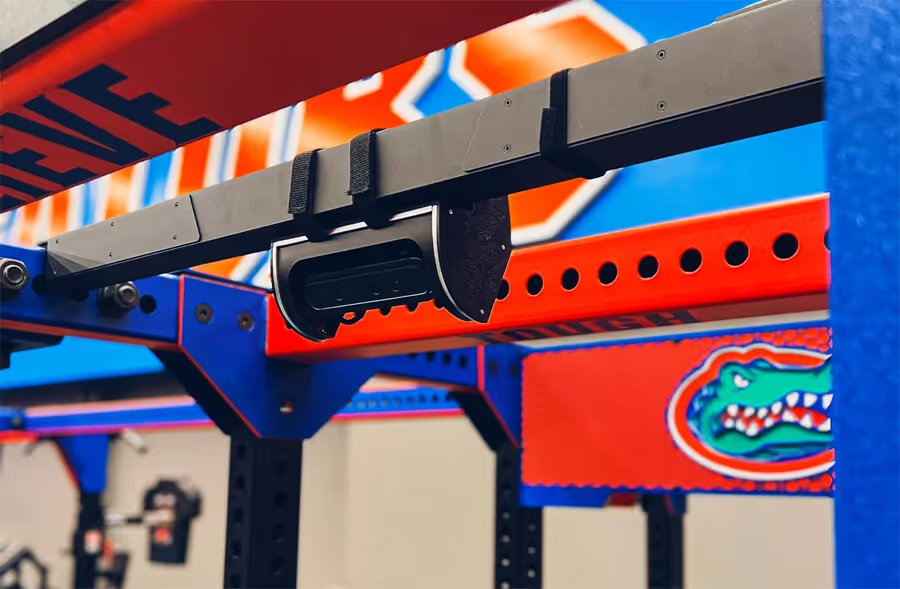
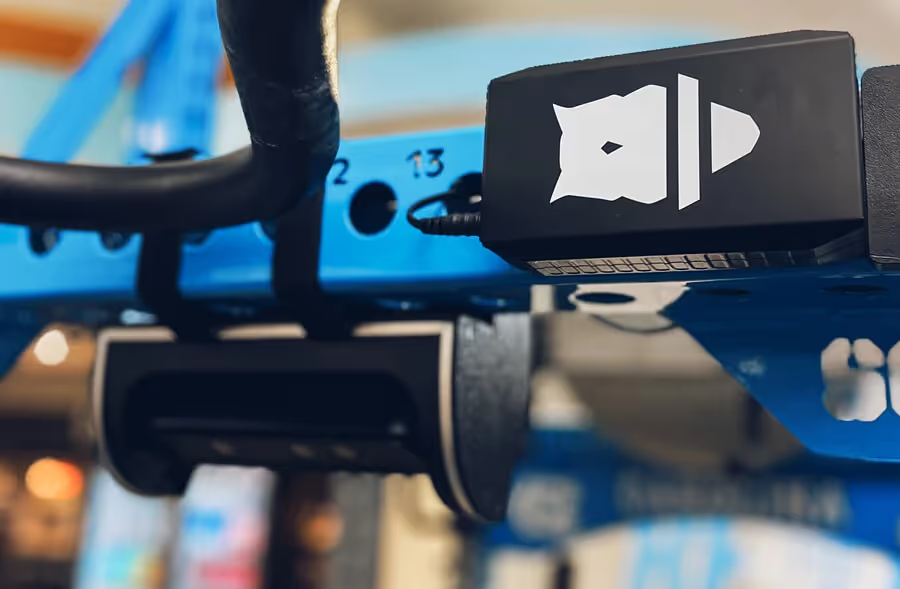

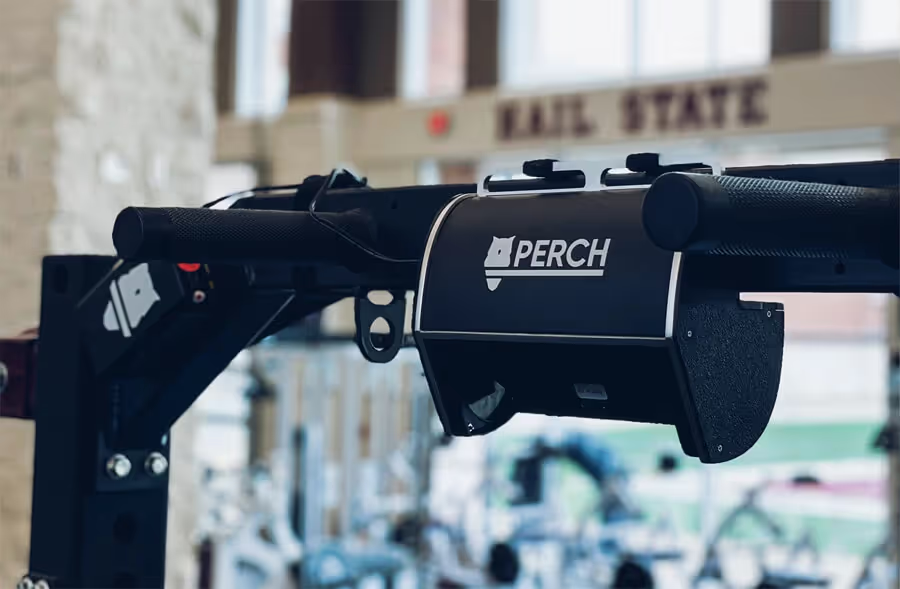



.avif)

